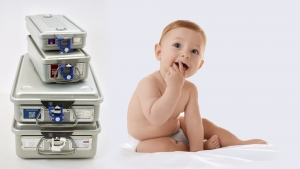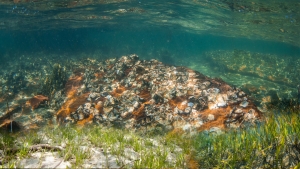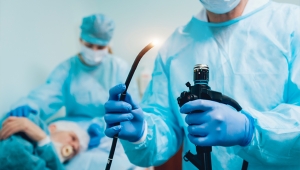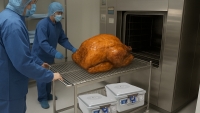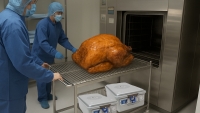Don't blame my baby: It could be your reused water
At Case Medical, we recycle the water we use for production purposes like anodizing and passivating our metal containers, trays, and metal component parts...
Filtration: Water Treatment Without Harm
Nature works to filter and release water over time – for free! Soil layers, wetlands, and even the root systems of plants like mangroves act as natural filters, removing pollutants and sediments...
The Mystery of the White Mist: Finally Solved
Many of us have tried to solve the troubling mystery of the “white mist” or “white powdery residue” found on the surfaces of medical devices. We have lists of possible causes and contributing factors, but how to avoid it remains a mystery to many, until now...
Follow the Recipe for Successful Outcomes
Last week, I introduced you to a novel solution and process for infection prevention for devices potentially exposed to TSE (infectious prion proteins). While Case Medical spent a decade discovering how enzymatic cleaners can do more than remove soil from contaminated devices, controlling the variables is just as important as...
The Dirty Truth About Endoscope Processing and What We Can Do To Fix It
There are 54 billion bacterial cells on a single cubic centimeter of the average kitchen sponge. They are breeding grounds for all types of germs and bacteria. A common sponge’s spatial partitioning – the way it’s divided into different sectors of various sizes with a porous absorbent surface – caters to bacteria that prefer isolated environments and those that prefer to be around other organisms as well, making it the best of both worlds for microbial communities...


